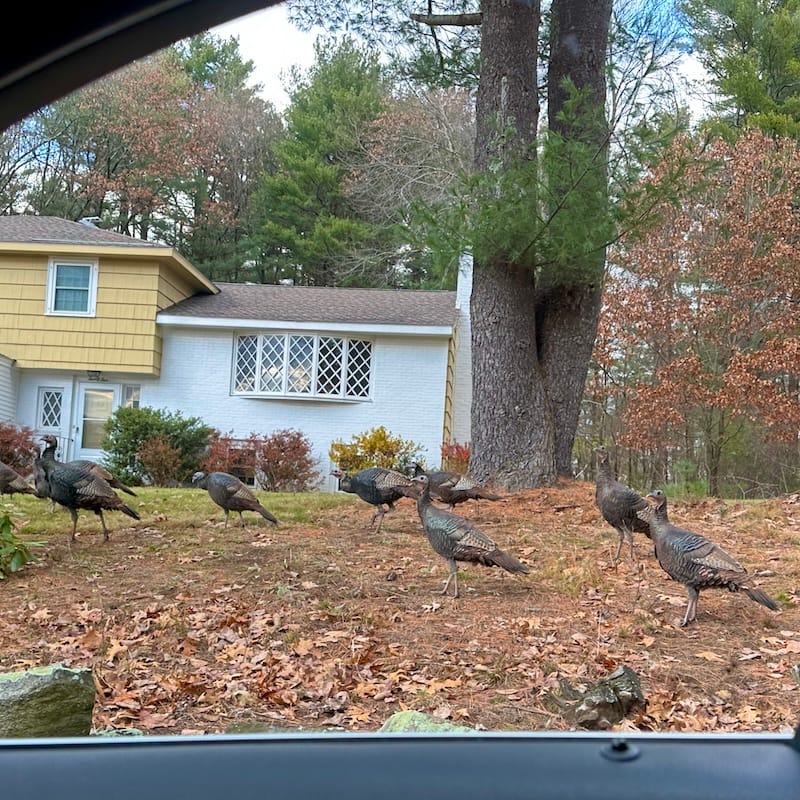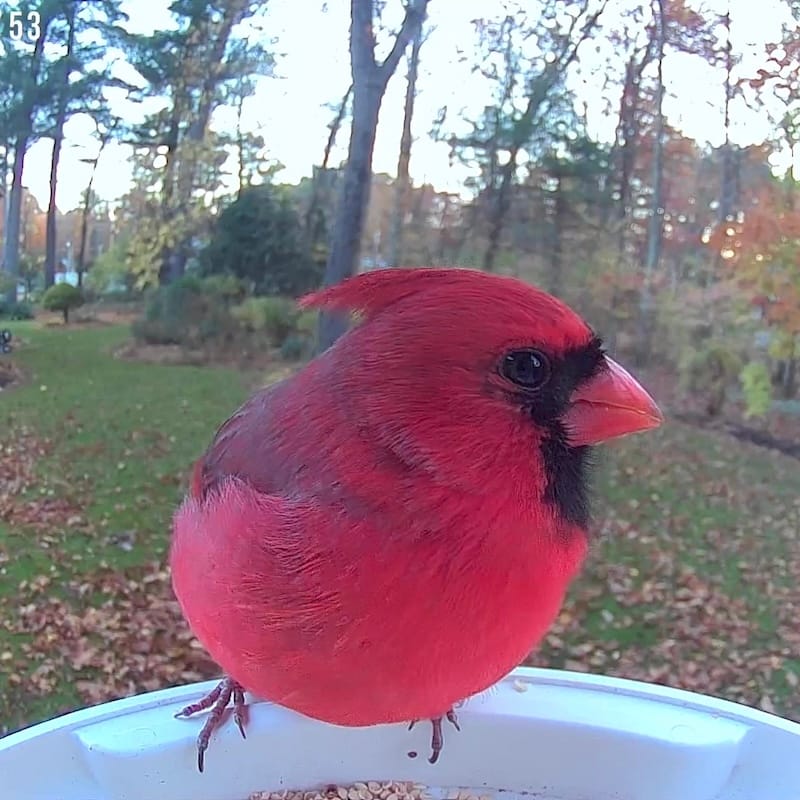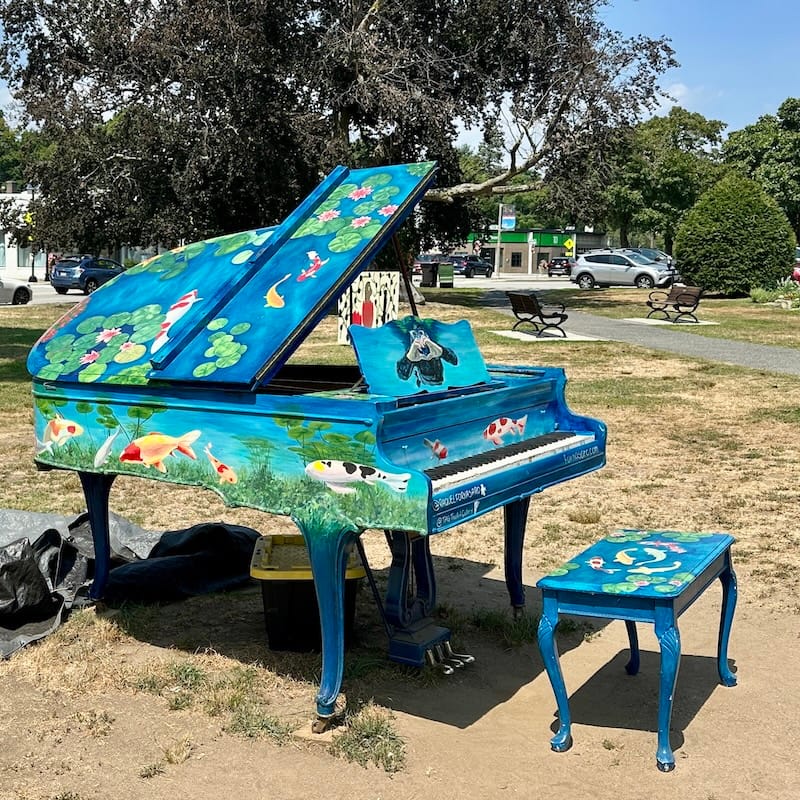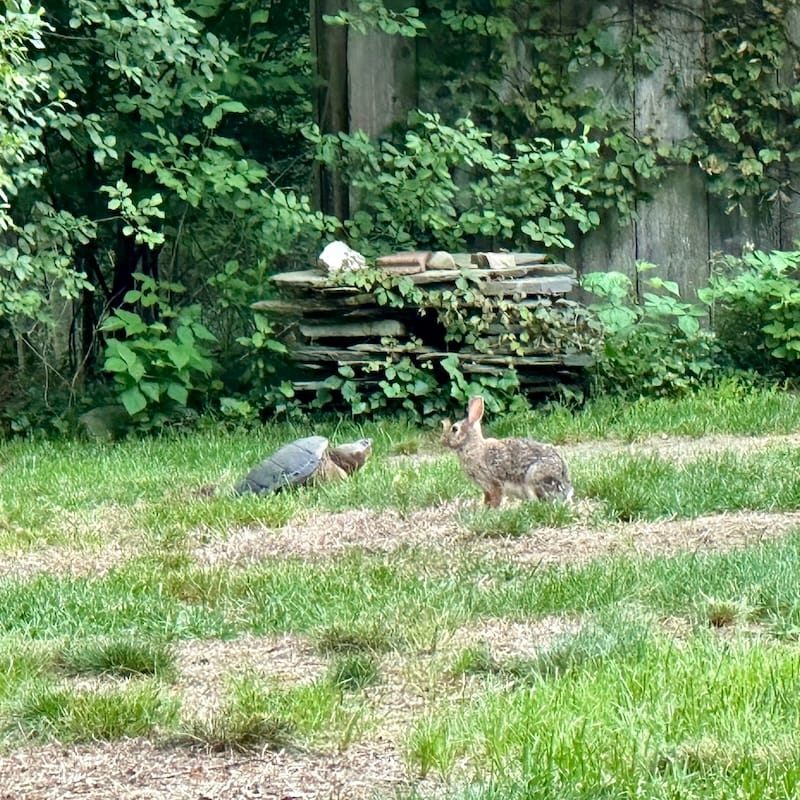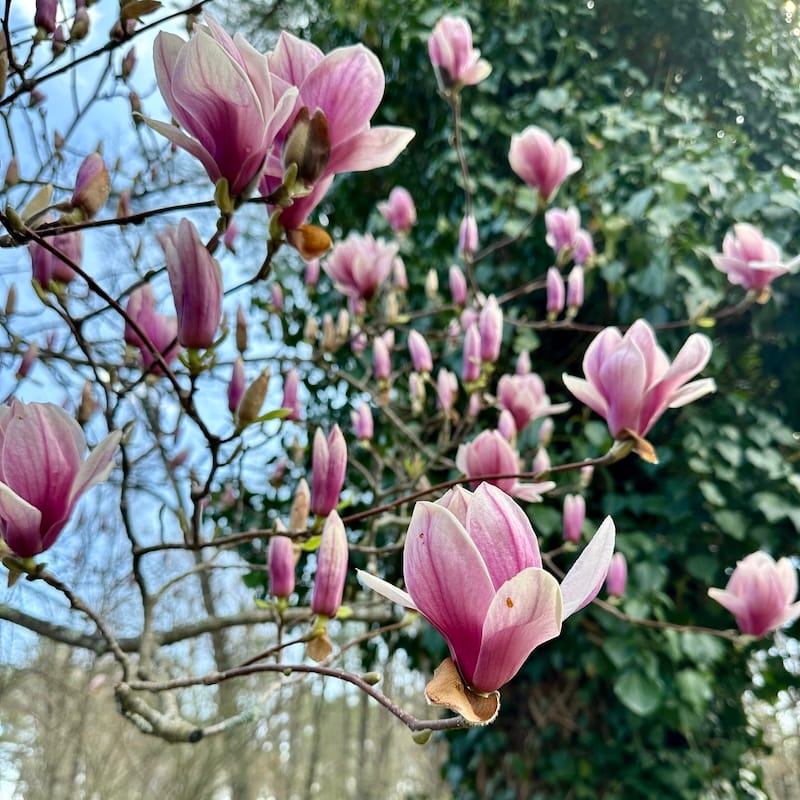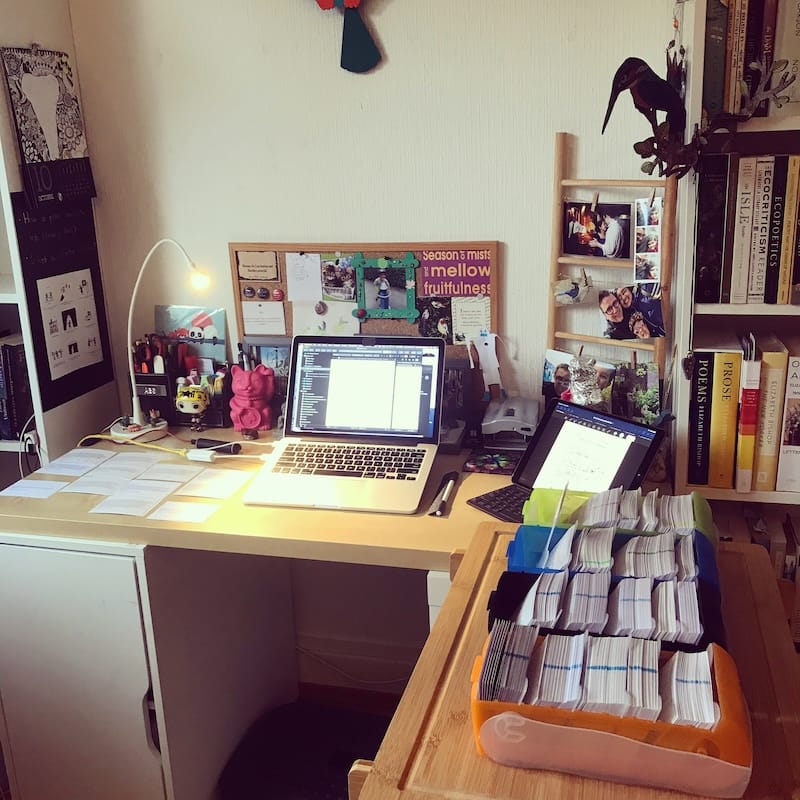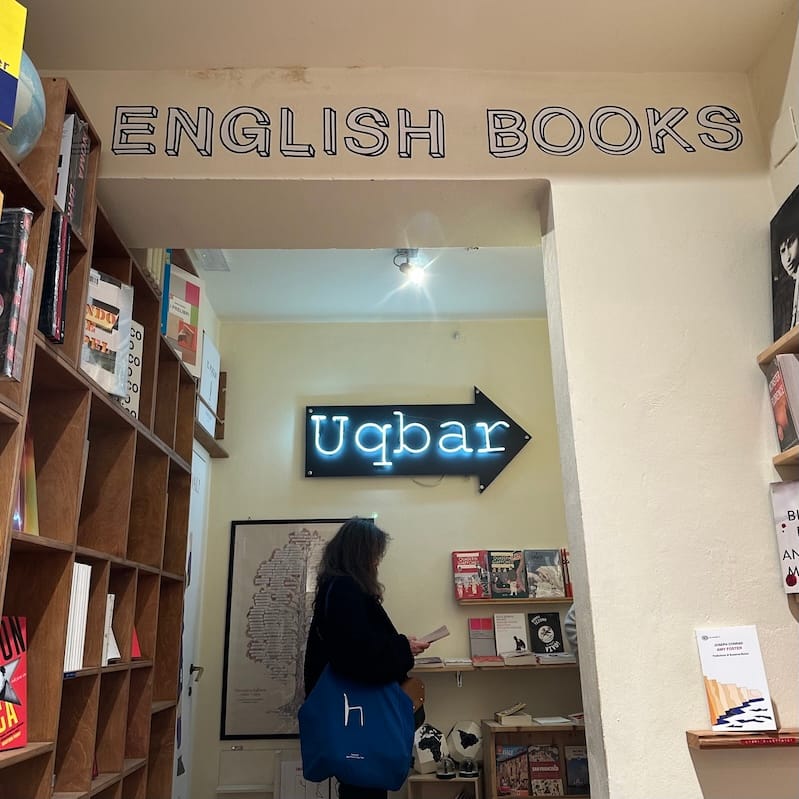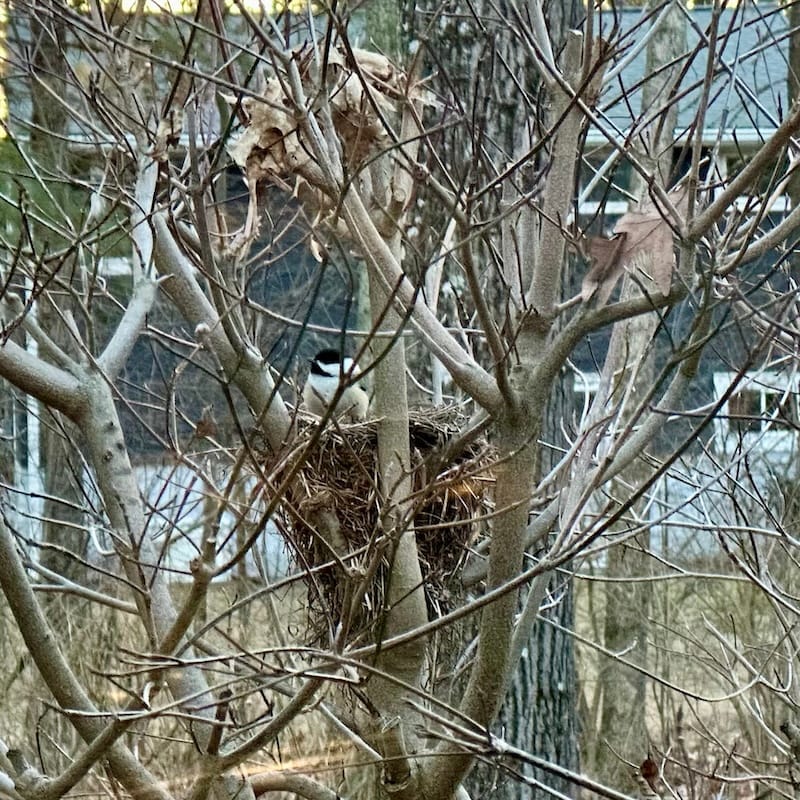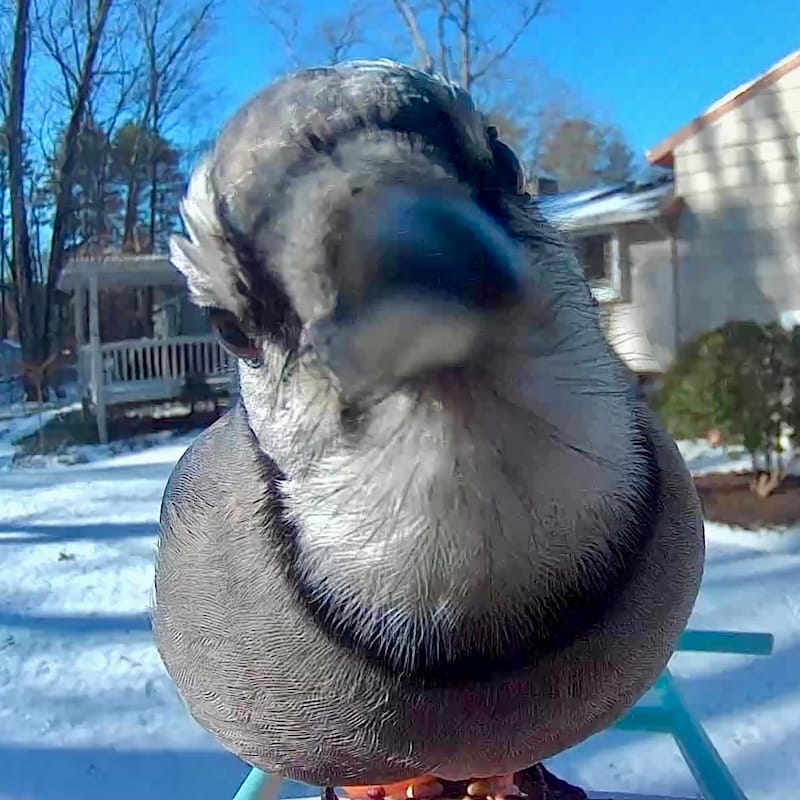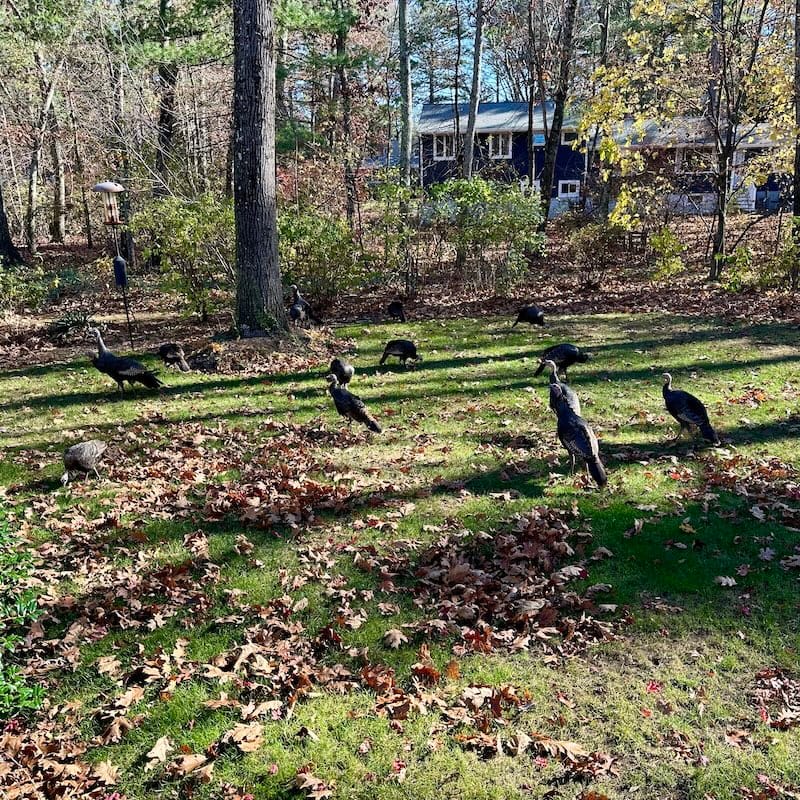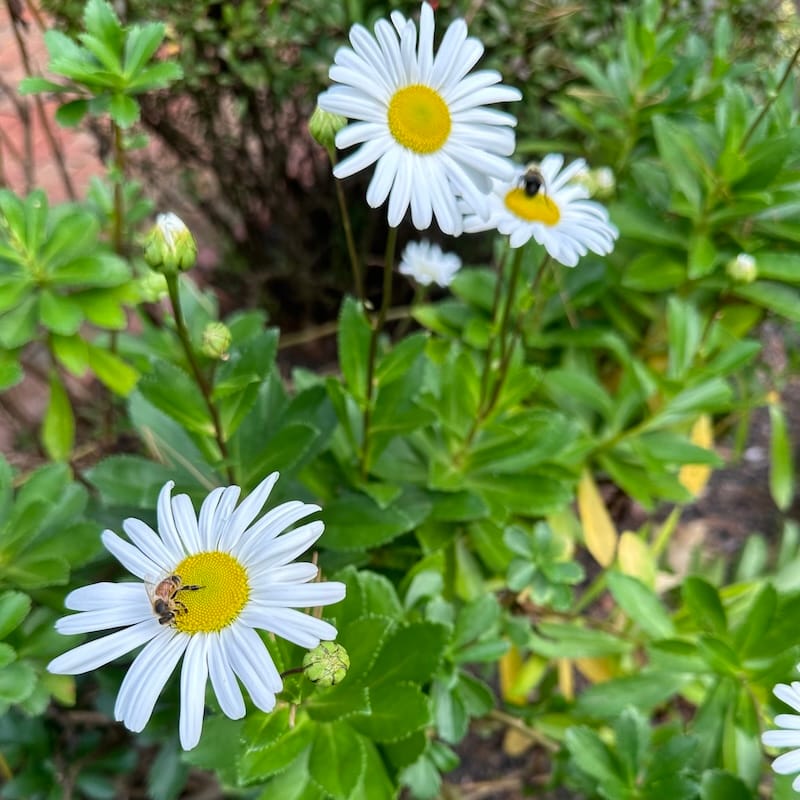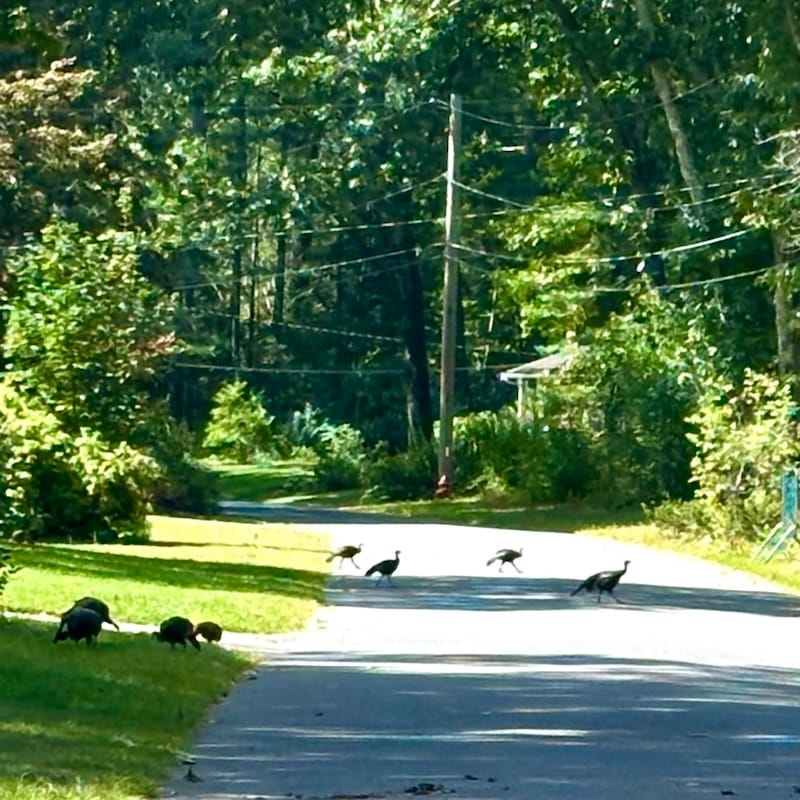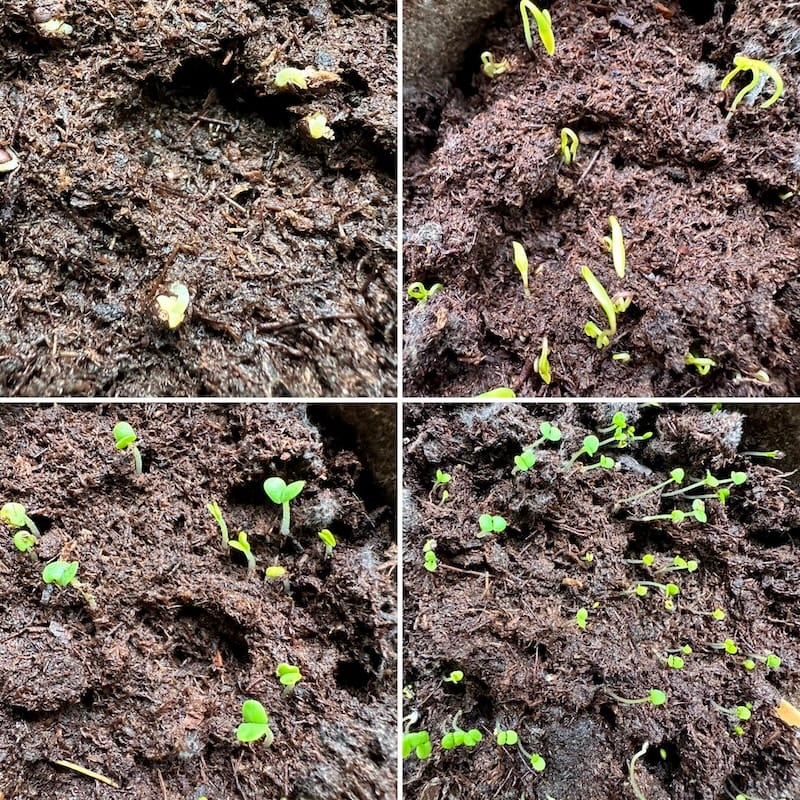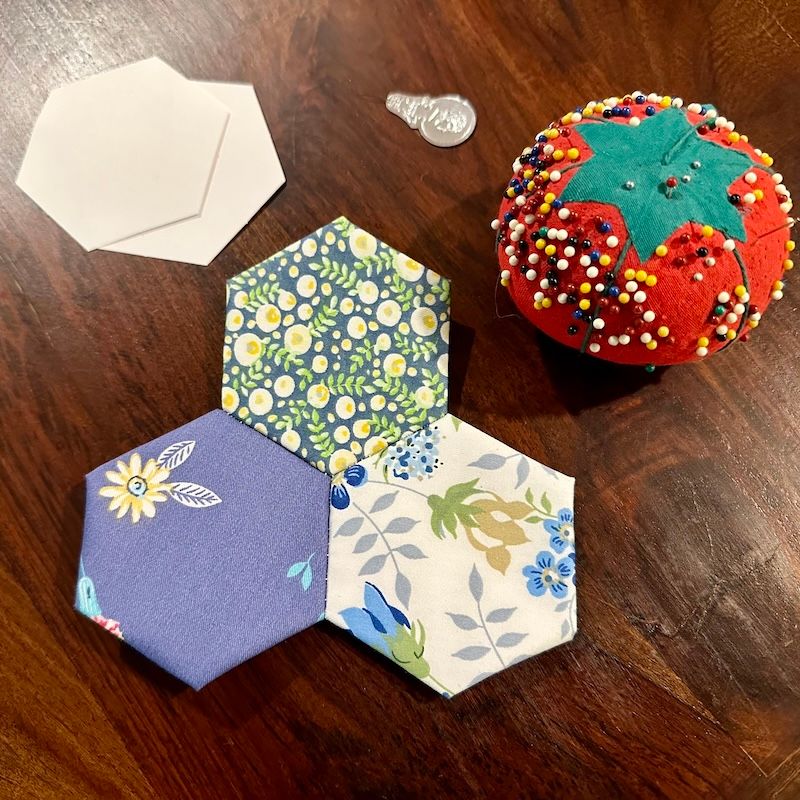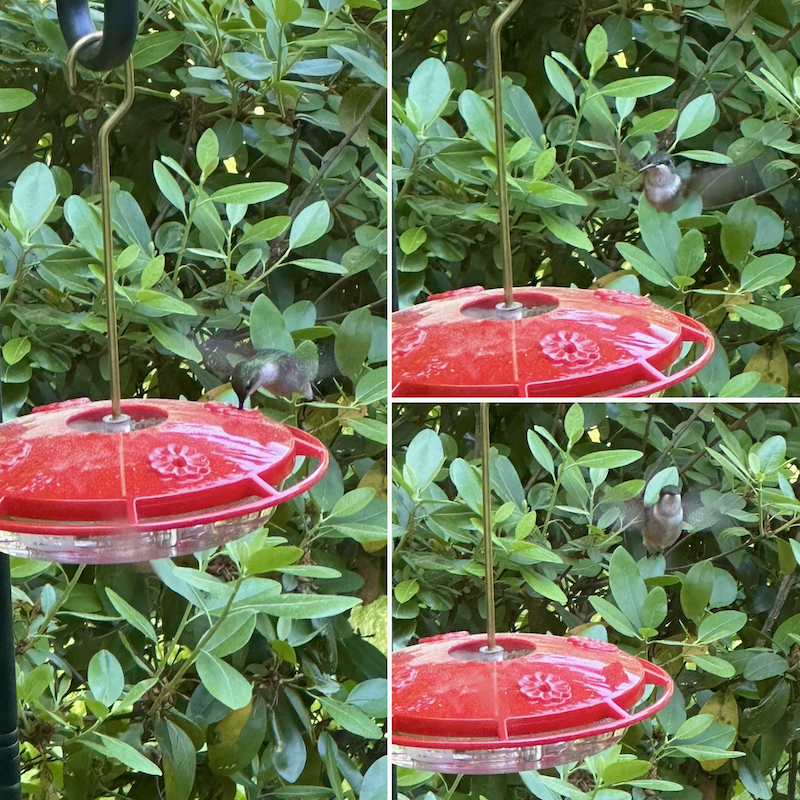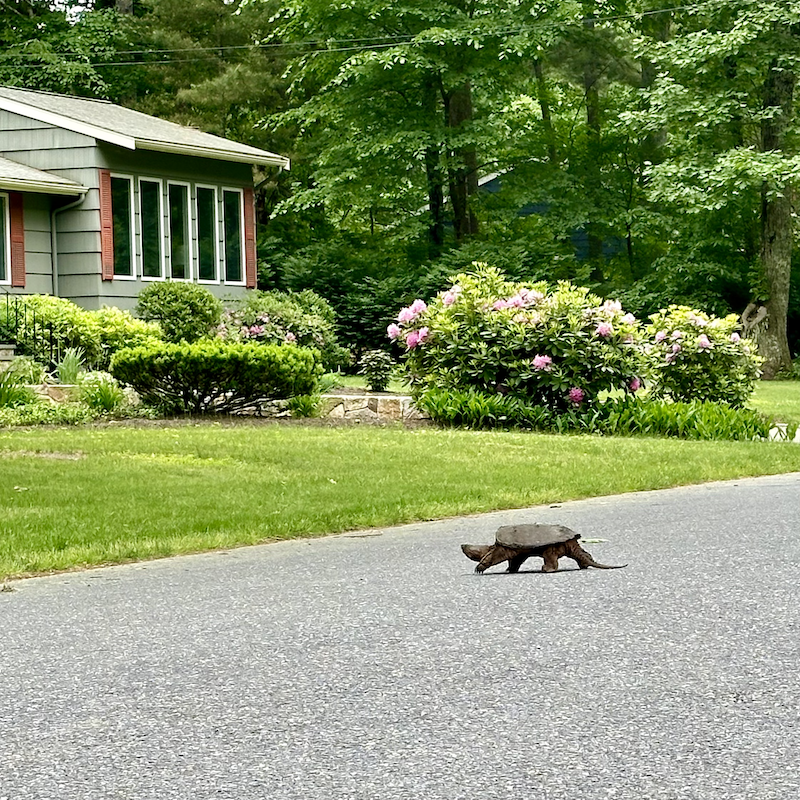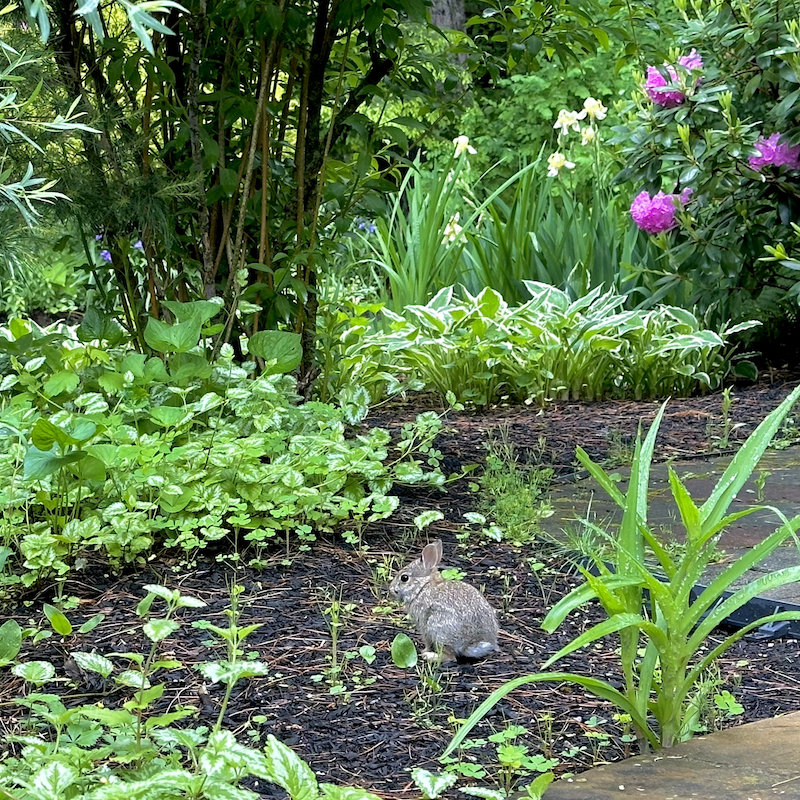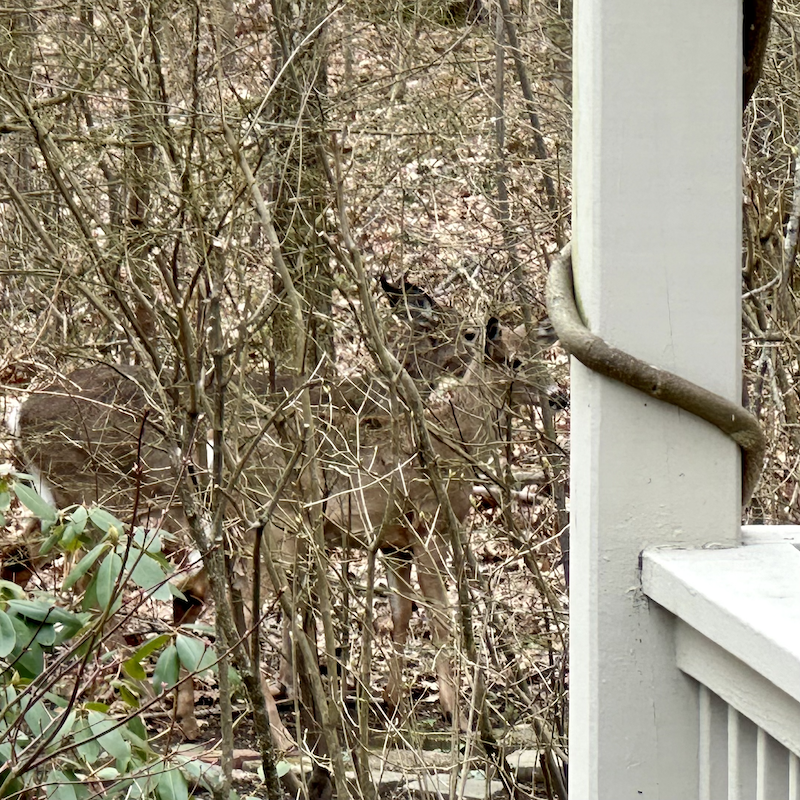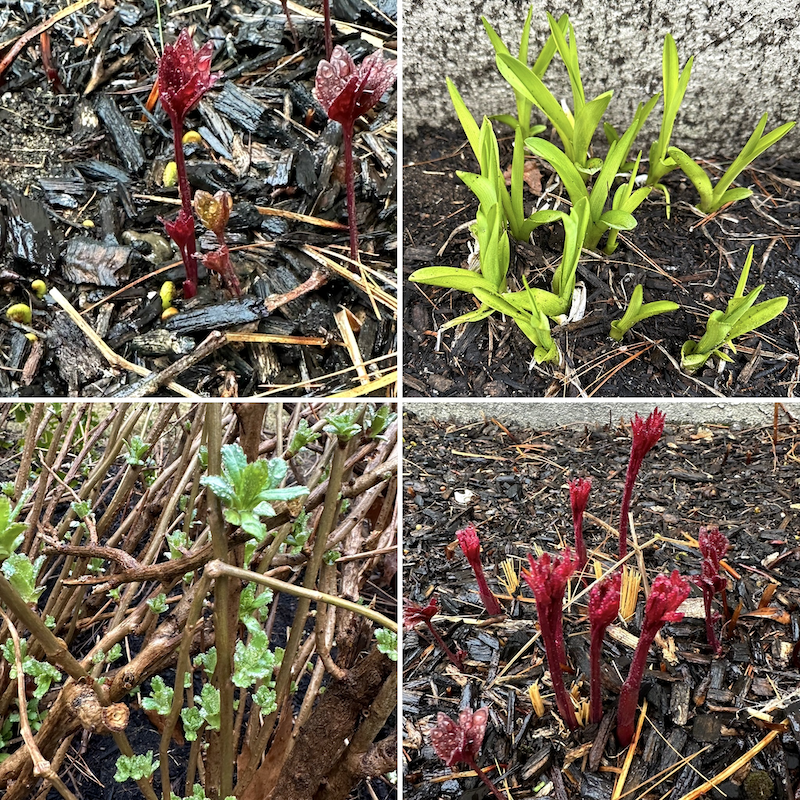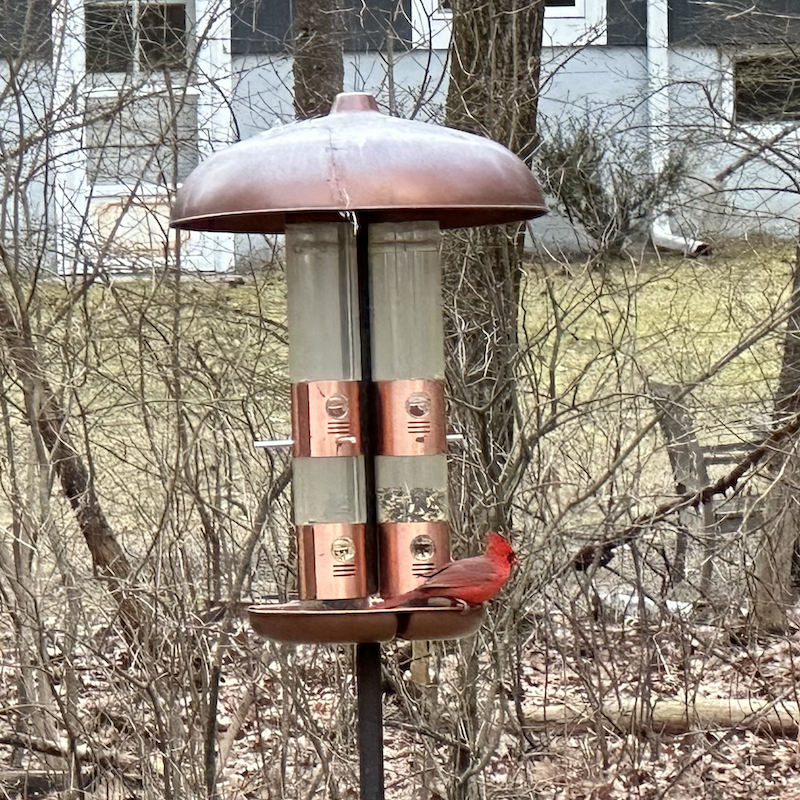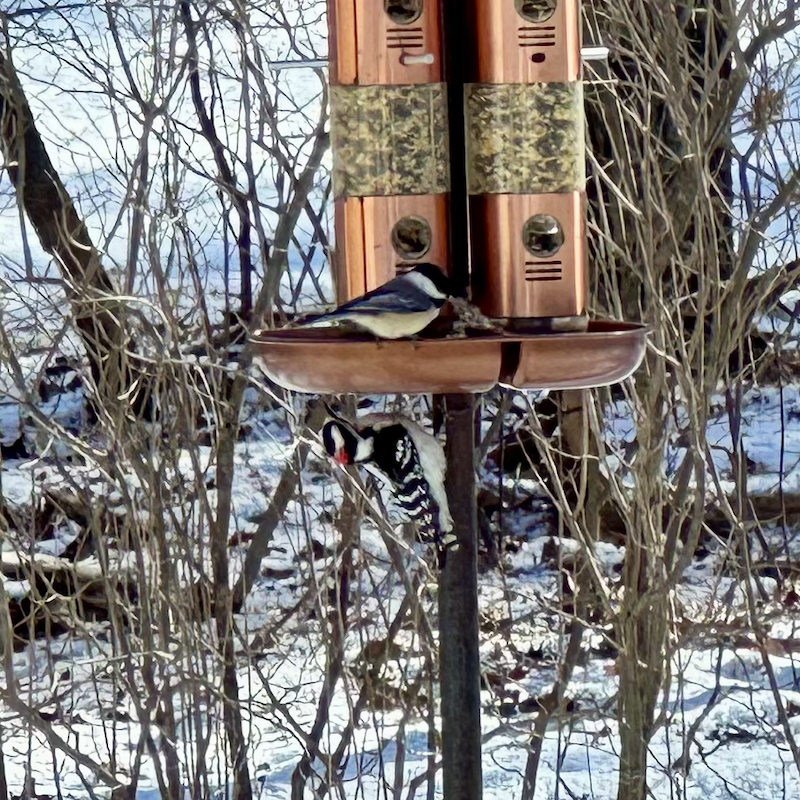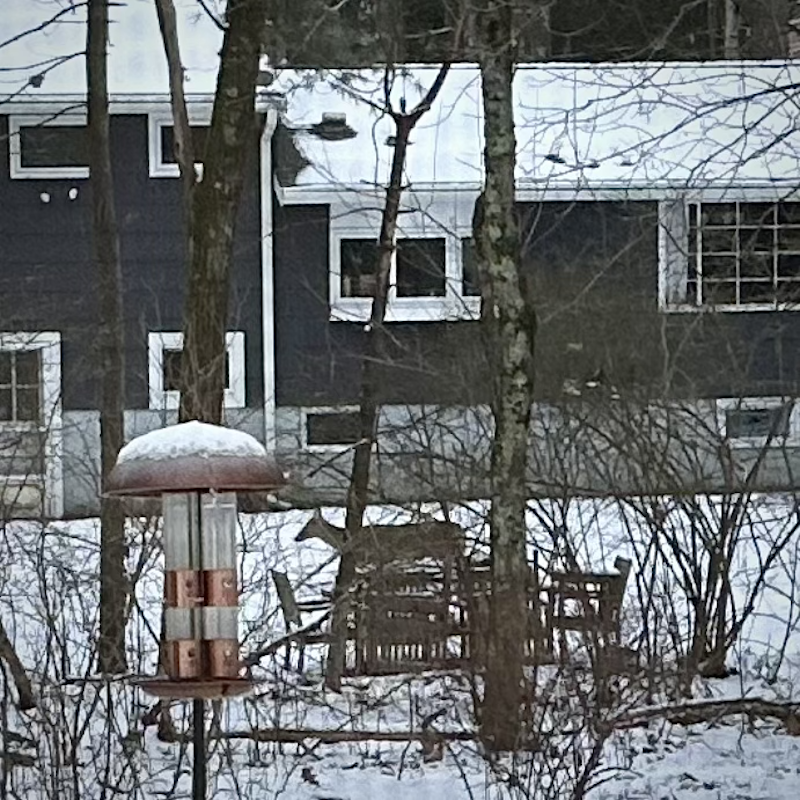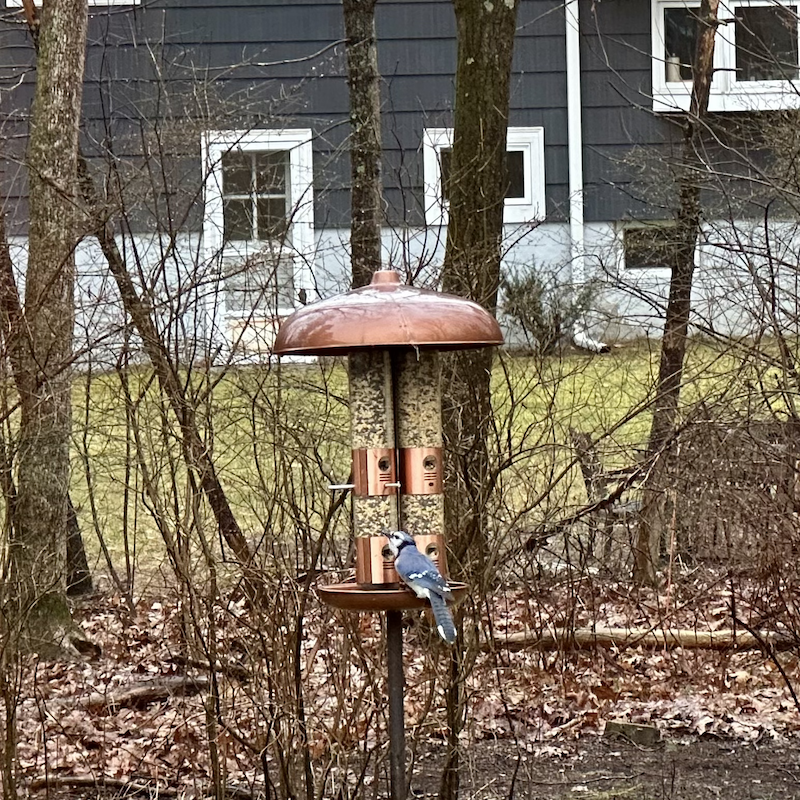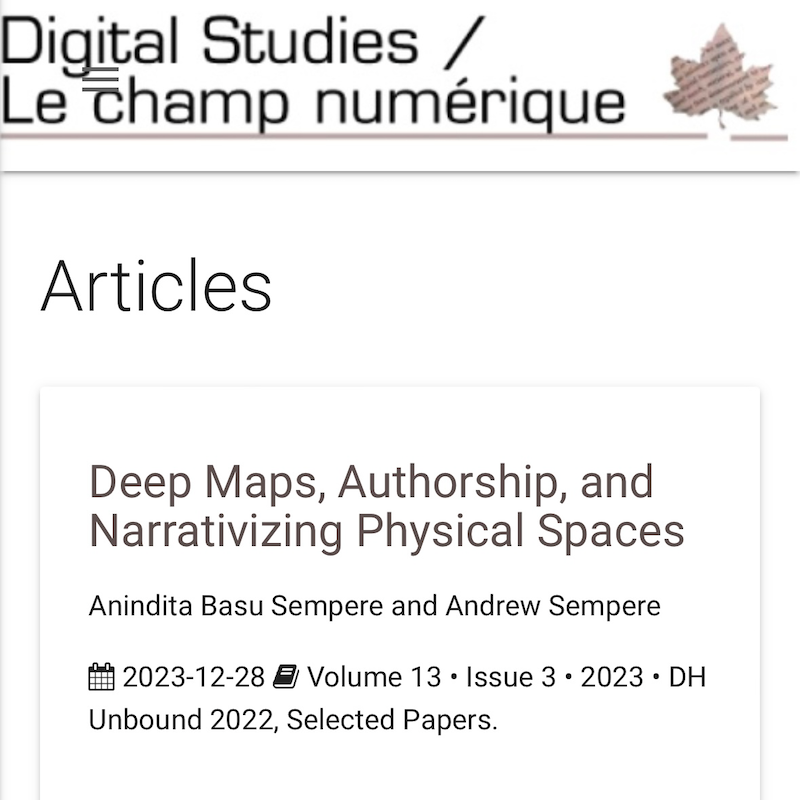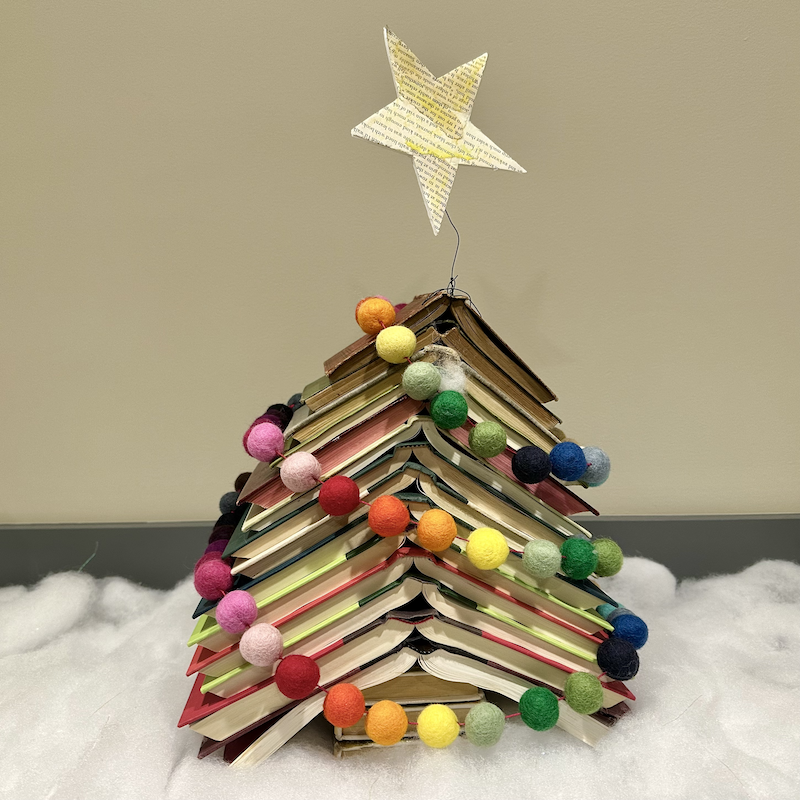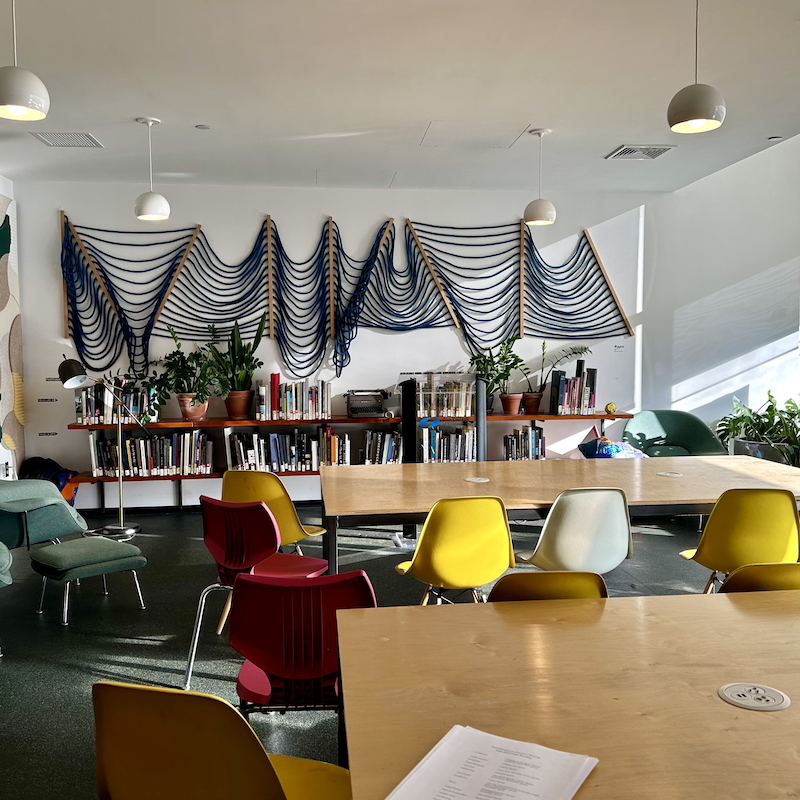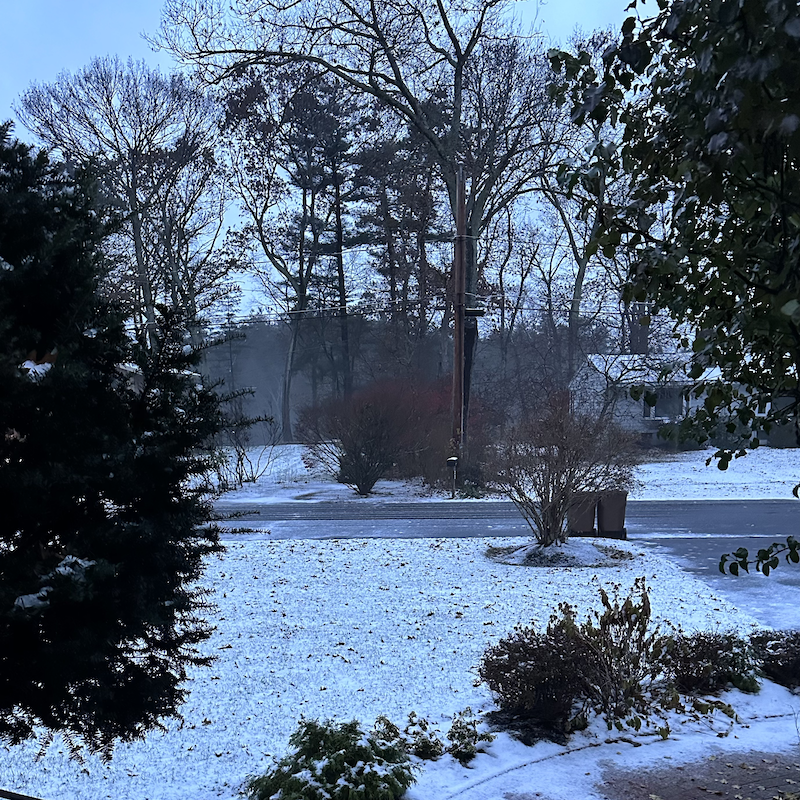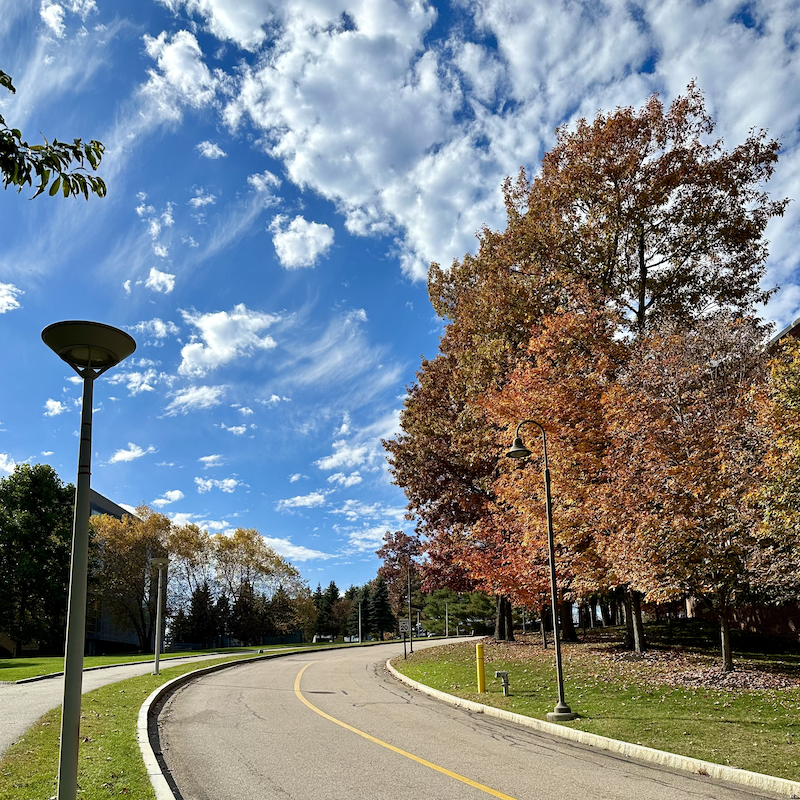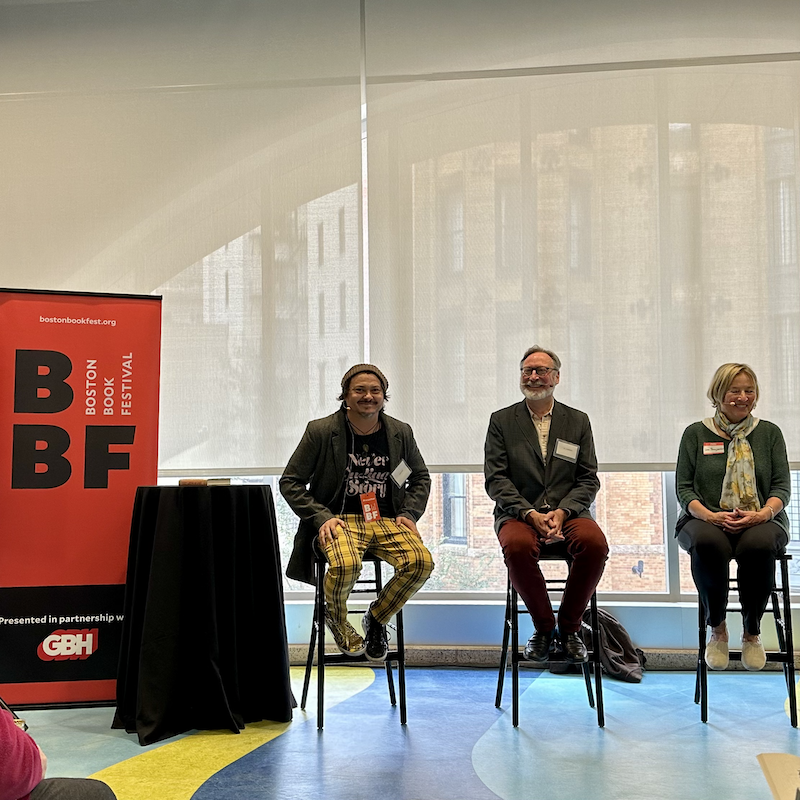
March 25, 2023
Something I thought about:
- I’ve managed to (mostly) catch up, and I always feel better when I can switch from “reactive” to “proactive” mode. I have several deadlines coming up, of course, but nothing that’s about to crush me, and that change is so very welcome. I’ve been thinking about how to maintain some of this newfound space so that I can take more time to think and to work deliberately instead of playing whack-a-mole.
Something I did:
- Sent a *lot* of email
- Taught
- Reread journals from fall 2001-fall 2004. This was fascinating given what was happening in the world and for me personally (9/11 + Iraq War and also the window when my partner & I met and got married and also when I left MIT for poetry school!).
- Did some National Poetry Month prep for Diverse Verse.
Something I read:
- Another George Saunders "office hours" newsletter. In this one, he talks about how he edited different versions of the same story for a magazine audience vs. his own short story collection, and it made me think of two things: First, I remembered doing an independent study with Glorianna Davenport when I was a student at the MIT Media Lab. At that point, I was doing research abroad for 50% of the year, which made completing my required coursework a challenge, and she agreed to take me on as an independent student, and it was amazing – at that point, I had had very little experience with any sort of visual media, and she taught me how to hold and move with a a camera – complete basics! I'd assumed she'd have a grad student do the introduction, but she did all of it herself, and I'm still grateful. She told me to shoot footage during my trips, and when I returned, my first assignment was to make a 3-minute movie from this footage that told a story. It took hours, but I managed, and I showed it to her. She gave me feedback. My follow-up assignment? "Now cut it in half. I want this story in 1 min. 30 seconds." This was so difficult and also a brilliant assignment. Now I think of my own teaching practice and use this to inform how I introduce academic writing. I tell students to think of essay structures as accordians that can be expanded or contracted. If you look at a monograph or an essay, they both follow the same general structure of introduction, contextualization (often in the form of a lit review), support for your argument, and a conclusion. You just change the word count to fit the format (or pick a format based on how much you have to say on the topic!). I think this is one of the biggest challenges for new writers – cutting or expanding material in this manner – and it's so important to learn and such good practice!
